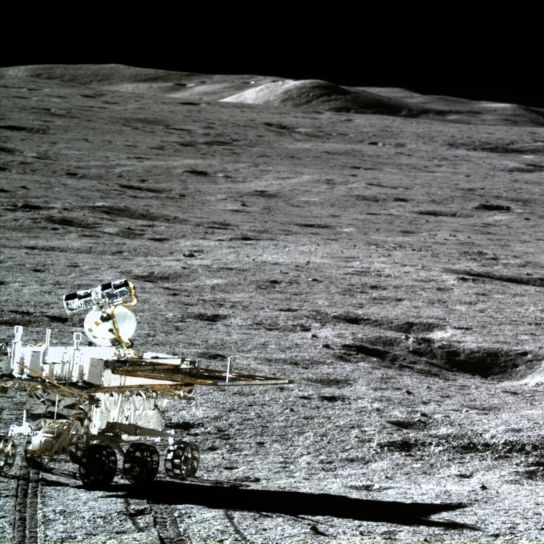SpaceIL gets $1 million grant for building Beresheet-2
The Israeli non-profit that built Beresheet-1 has received a $1 million grant in order to pursue building Beresheet-2.
The Blavatnik Family Foundation has provided a one million dollar grant to SpaceIL to support the “Beresheet 2” spacecraft program and advance the goal of landing an unmanned Israeli spacecraft on the Moon. “Beresheet 1”, launched on February 22, 2019, made Israel the 7th country in the world to reach the Moon’s orbit. The new Blavatnik grant will enable SpaceIL to recruit a new CEO to drive plans for “Beresheet 2” forward.
It remains unknown whether Beresheet-2 will ever get built. The money is insufficient to build a new lunar lander. Moreover, several of SpaceIL engineers have left the company and formed their own private space business, partnering with Firefly Aerospace to build their own lunar lander.
The Israeli non-profit that built Beresheet-1 has received a $1 million grant in order to pursue building Beresheet-2.
The Blavatnik Family Foundation has provided a one million dollar grant to SpaceIL to support the “Beresheet 2” spacecraft program and advance the goal of landing an unmanned Israeli spacecraft on the Moon. “Beresheet 1”, launched on February 22, 2019, made Israel the 7th country in the world to reach the Moon’s orbit. The new Blavatnik grant will enable SpaceIL to recruit a new CEO to drive plans for “Beresheet 2” forward.
It remains unknown whether Beresheet-2 will ever get built. The money is insufficient to build a new lunar lander. Moreover, several of SpaceIL engineers have left the company and formed their own private space business, partnering with Firefly Aerospace to build their own lunar lander.

